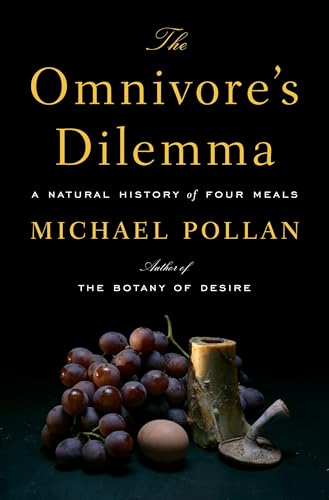I think every film is a political film. They don't call "The Nutty Professor" a political film, but when you look at that, what does it have you do? You sit and you start rooting for the girl to get that fat guy. You start to understand what it must be like to be ridiculed. You start to be in that person's shoes... Every film should challenge an audience's perspective. It doesn't mean it has to be a polemic - it should be entertaining. But the films that are not called political are usually films that reinforce the status quo: whether it's sexism, age-ism, racism, whatever.
In fact, you go into a dark room, and you dream and you watch what's on that screen. And it tells you what women want, it tells you what it means to be a man, it tells you what you can laugh at, it tells you a system of justice, it tells you to dream, it challenges your imagination. I think you have to be really responsible about what you put out there... You see something over and over again and it reinforces what you think it's okay to be and what you think people want of you...
- Susan Sarandon, talking on the NY Times' TimesTalks podcast
With the opening of the Spoleto Festival and a recent wave of new, expressly 'political' films
(here's a review of the Cannes festival), I've been thinking about what goes on in all those darkened rooms. What's true of film is even more true of live performance, I think: we might go to be entertained or merely to be seen, but we take on a whole set of ideas, values, and roles.
Last evening I saw the world premiere of
Geisha, an experimental theater production from Singapore. The predominating theme is Japanese of course, but the show challenges the audience to examine our own cultural assumptions. The lead actress, Karen Kandel, asks us directly, what do you see? Why do you watch? These questions might be difficult to answer in other experimental theater productions, but Kandel's performance is enthralling, and even in moments of confusion and uncertainty I couldn't take my eyes off of her. Later in the show, she affirms the transaction taking place in the darkened room - "it's a deal we all make, we agree to buy and sell our dreams and illusions."
As the show moves through a series of stories, performances, and vignettes, the geisha takes on a multi-dimensional role as the creator, broker, and inpiration for fantasies. The texts are drawn from many sources, from geishas and their clients, as well as outsiders, films, poetry, etc. We don't get a single clear narrative or perspective on geisha-ness, but maybe that's the point: something so complex can only be seen from many different perspectives, through many different times and places and people.
The most captivating sequences for me were those featuring the shamisen player Kineya Katsumatsu, who sings in an unearthly, plaintive voice. The other performers are Gojo Masanosuke, a kabuki dancer who became the geisha, and Toru Yamanaka, a DJ whose computer-aided music interspersed and complemented the traditional songs and ballads of the shamisen. The director, Ong Keng Sen, uses a very spare set, carefully chosen props and elaborate costumes, as well as an extremely intricate lighting design (by Scott Zielinski) in which the shadows on the back wall often tell more than the figures on stage.
I'm hoping to see more experimental theater and dance while here at Spoleto, and maybe write a little bit about the political undercurrents of some more traditional fare I'll be performing here (Mozart's
Don Giovanni, Mahler and Beethoven's 5th Symphonies, etc.) Even in the standard repertoire, a festival like Spoleto tries to open up new connections, to help people recognize and reevaluate what they are watching, and to illuminate the familiar with the unexpected. After all, the need for illumination is a big reason why we keep returning to those darkened rooms.
 Here's a Charleston City Paper review from the SpoletoBuzz blog.
Here's a Charleston City Paper review from the SpoletoBuzz blog.
 We'll all see plenty of satellite photographs showing storm projections over the coming months. Hurricane season begins tomorrow, June 1st, and amid all the frantic warnings, it might be worthwhile to think longer term as well: to the flooding that might overwhelm South Florida's coasts if current glacial melting trends continue. That's what this map represents, according to Al Gore's new documentary film An Inconvenient Truth.
We'll all see plenty of satellite photographs showing storm projections over the coming months. Hurricane season begins tomorrow, June 1st, and amid all the frantic warnings, it might be worthwhile to think longer term as well: to the flooding that might overwhelm South Florida's coasts if current glacial melting trends continue. That's what this map represents, according to Al Gore's new documentary film An Inconvenient Truth.

















